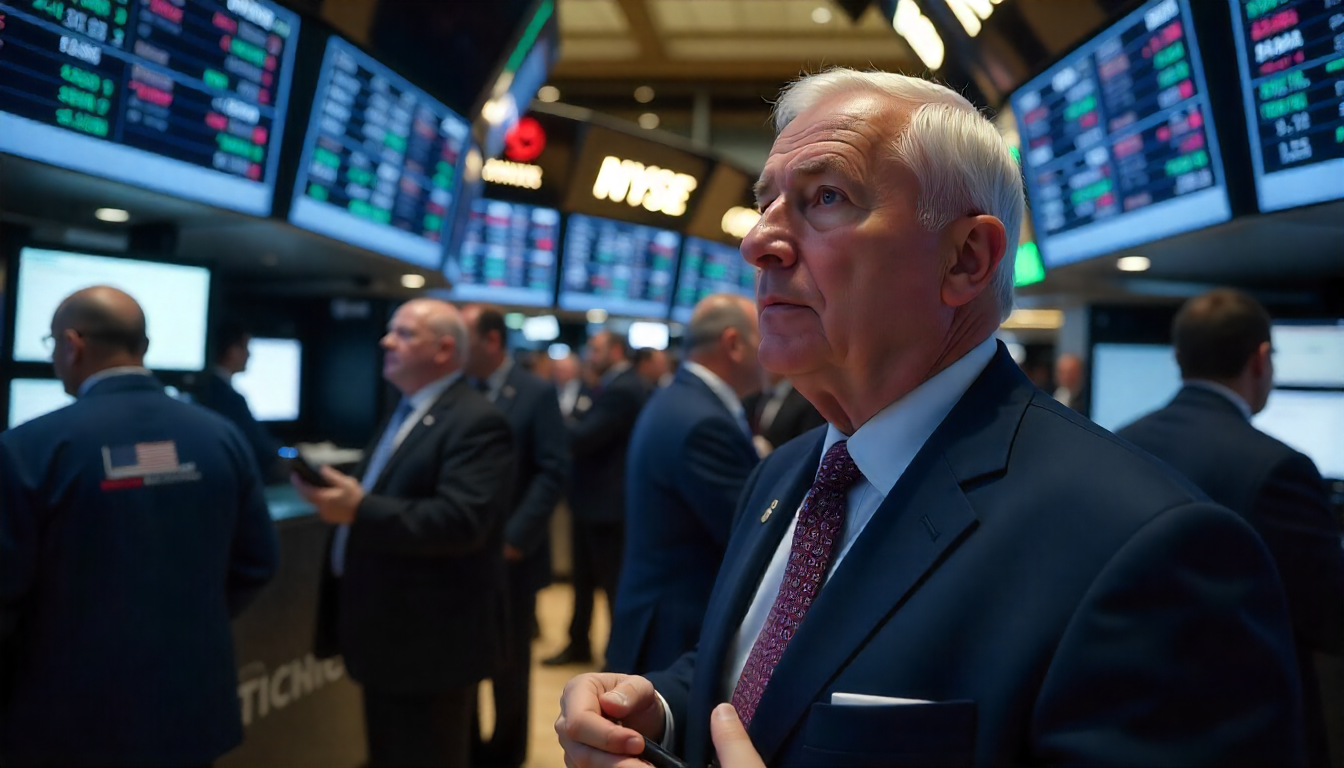Record-Breaking Hash Rate Doesn’t Translate to Bitcoin Price Momentum or Network Activity
Bitcoin’s Hash Rate Soars, But Low Transaction Fees and Empty Blocks Raise Red Flags
While Bitcoin’s hash rate hits new milestones, concerns mount over its long-term viability as blocks remain underused and transaction fees fall short.
Bitcoin’s hash rate has experienced an unprecedented surge, indicating an increase in mining activity despite a lack of corresponding growth in the price of the cryptocurrency. Recent data from Glassnode shows that Bitcoin’s hash rate has reached a record high of 838 exahashes per second (EH/s) on a 14-day moving average. In a 24-hour period, the hash rate spiked to 974 EH/s, the second-highest level ever recorded. Despite this, longer-term trends are more reliable for assessing the network’s health.
Bitcoin’s mining difficulty, set to increase by over 3% in the next two days, marks the network’s growing computational power. Every 2016 blocks, the difficulty adjusts to maintain an average block time of 10 minutes. However, the surge in hash rate stands in stark contrast to Bitcoin’s price, which remains about 25% lower than its all-time highs, casting doubt on the sustainability of mining efforts.
For miners to stay profitable, the Bitcoin price must remain strong, blocks need to be filled, and transaction fees should be substantial. At present, however, transaction fees are extremely low — averaging about 4 BTC per day, or roughly $377,634 in total. This is especially concerning as Bitcoin’s block subsidy continues to halve every four years, further emphasizing the need for consistent transaction activity.
Additionally, blocks are often being mined with minimal transactions. Recently, developer Mononaut from Mempool observed that Foundry USA Pool mined one of the emptiest blocks in over two years, containing only seven transactions. This highlights the growing disconnection between the hash rate and actual network usage. Despite the increasing computational power, blocks are far from full, suggesting a growing imbalance.
Nicolas Gregory, the creator of the Mercury Layer and former Nasdaq Board Director, pointed out that this pattern raises significant concerns about Bitcoin’s future.
“The sight of half-empty Bitcoin blocks speaks volumes,” Gregory said on X. “While people hype Bitcoin as a store of value, its future could be jeopardized if it doesn’t expand beyond speculation and develop real-world use cases. If Bitcoin is not used for actual commerce, we could be in trouble.”
As the network faces the challenge of maintaining mining incentives, Bitcoin’s long-term success may depend on its ability to foster practical applications and drive transaction activity.
Share this content:













